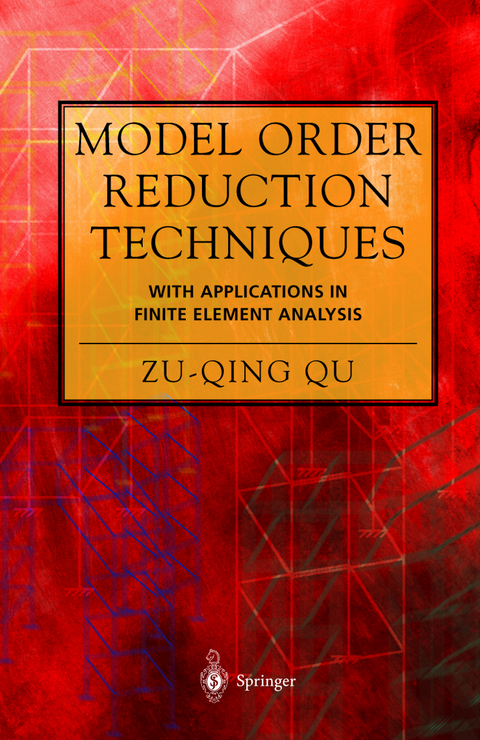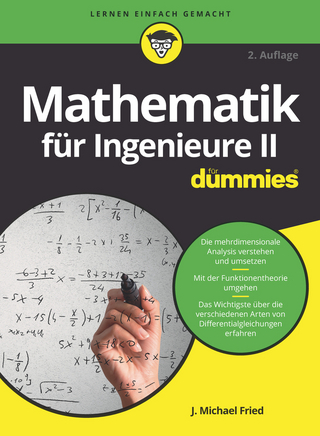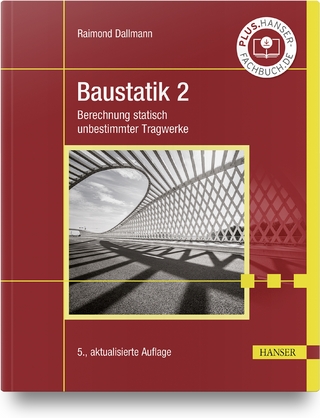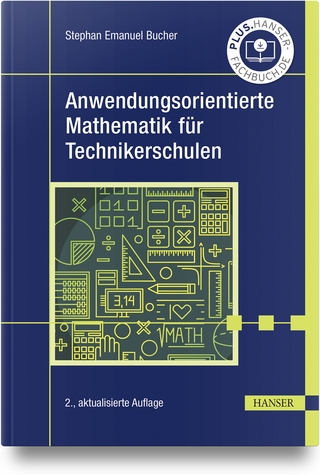
Model Order Reduction Techniques with Applications in Finite Element Analysis
Seiten
2004
|
2004 ed.
Springer London Ltd (Verlag)
978-1-85233-807-7 (ISBN)
Springer London Ltd (Verlag)
978-1-85233-807-7 (ISBN)
- Keine Verlagsinformationen verfügbar
- Artikel merken
Despite the continued rapid advance in computing speed and memory the increase in the complexity of models used by engineers persists in outpacing them. Even where there is access to the latest hardware, simulations are often extremely computationally intensive and time-consuming when full-blown models are under consideration.
The need to reduce the computational cost involved when dealing with high-order/many-degree-of-freedom models can be offset by adroit computation. In this light, model-reduction methods have become a major goal of simulation and modeling research. Model reduction can also ameliorate problems in the correlation of widely used finite-element analyses and test analysis models produced by excessive system complexity.
Model Order Reduction Techniques explains and compares such methods focusing mainly on recent work in dynamic condensation techniques:
- Compares the effectiveness of static, exact, dynamic, SEREP and iterative-dynamic condensation techniques in producing valid reduced-order models;
- Shows how frequency shifting and the number of degrees of freedom affect the desirability and accuracy of using dynamic condensation;
- Answers the challenges involved in dealing with undamped and non-classically damped models;
- Requires little more than first-engineering-degree mathematics and highlights important points with instructive examples.
Academics working in research on structural dynamics, MEMS, vibration, finite elements and other computational methods in mechanical, aerospace and structural engineering will find Model Order Reduction Techniques of great interest while it is also an excellent resource for researchers working on commercial finite-element-related software such as ANSYS and Nastran.
The need to reduce the computational cost involved when dealing with high-order/many-degree-of-freedom models can be offset by adroit computation. In this light, model-reduction methods have become a major goal of simulation and modeling research. Model reduction can also ameliorate problems in the correlation of widely used finite-element analyses and test analysis models produced by excessive system complexity.
Model Order Reduction Techniques explains and compares such methods focusing mainly on recent work in dynamic condensation techniques:
- Compares the effectiveness of static, exact, dynamic, SEREP and iterative-dynamic condensation techniques in producing valid reduced-order models;
- Shows how frequency shifting and the number of degrees of freedom affect the desirability and accuracy of using dynamic condensation;
- Answers the challenges involved in dealing with undamped and non-classically damped models;
- Requires little more than first-engineering-degree mathematics and highlights important points with instructive examples.
Academics working in research on structural dynamics, MEMS, vibration, finite elements and other computational methods in mechanical, aerospace and structural engineering will find Model Order Reduction Techniques of great interest while it is also an excellent resource for researchers working on commercial finite-element-related software such as ANSYS and Nastran.
1 Introduction to Dynamic Model Reduction Techniques.- 2 Finite Element Modeling.- 3 Theory of Modal Analysis.- 4 Static Condensation.- 5 Dynamic Condensation.- 6 Iterative Methods for Dynamic Condensation.- 7 Selection of Master Degrees of Freedom.- 8 Dynamic Condensation of Nonclassically Damped Models.- 9 Application I: Model Reduction on System Level.- 10 Application II: Model Reduction on Component Level—Superelement Modeling Technique.- 11 Applications III: Modal Testing.- 12 Summary of Other Model Order Reduction Techniques.
| Erscheint lt. Verlag | 9.9.2004 |
|---|---|
| Zusatzinfo | 123 Illustrations, black and white; XVI, 369 p. 123 illus. |
| Verlagsort | England |
| Sprache | englisch |
| Maße | 155 x 235 mm |
| Gewicht | 719 g |
| Themenwelt | Mathematik / Informatik ► Mathematik ► Angewandte Mathematik |
| Technik | |
| ISBN-10 | 1-85233-807-5 / 1852338075 |
| ISBN-13 | 978-1-85233-807-7 / 9781852338077 |
| Zustand | Neuware |
| Haben Sie eine Frage zum Produkt? |
Mehr entdecken
aus dem Bereich
aus dem Bereich
Berechnung statisch unbestimmter Tragwerke
Buch | Hardcover (2022)
Hanser (Verlag)
29,99 €
Buch | Hardcover (2024)
Hanser (Verlag)
39,99 €


